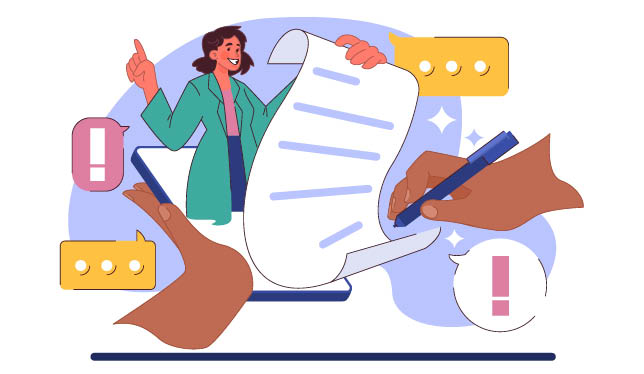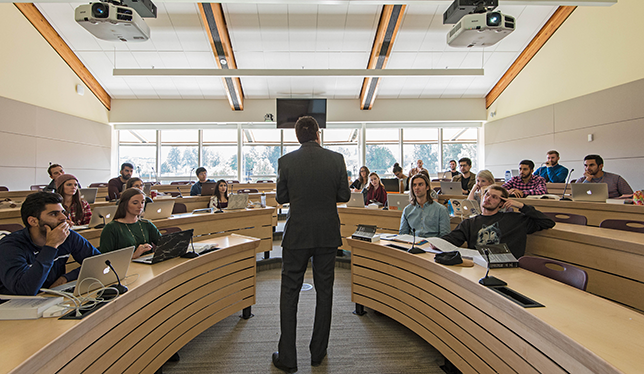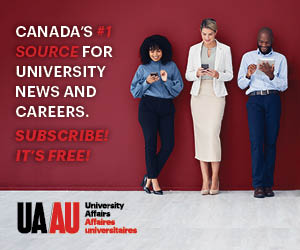-
Clarify this: structuring highly readable lists (Part 2 of 2)
One way to simplify potentially complex lists is to arrange the items to progress in complexity, placing the ‘heaviest’ or most complex item at the end.
-
How to integrate storytelling into your next research grant application
By humanizing your data, your grant will be more memorable and compelling.
-
How being intentional with your language can shift your thinking
Sometimes it isn’t just that certain terms offend people, it’s that the use of this language also implies a particular way of thinking.
-
If and when to hire an editor
Studies have shown that articles and manuscripts reviewed by a professional editor end up being better received by peer reviewers.
-
How to write an effective title for your next journal article
There’s no simple formula but research offers some strong options.
-
Writing well is hard: how to write like the best writers in your discipline
My goal is to empower you to feel competent at making your own decisions about what is best for your work.
-
How to structure your diversity statement for your academic job search
Be sure to define your terms, detail your experience and outline your future plans.
-
On internal alignment: objectives, outcomes, outputs, and contributions in CIHR Project grant applications
You wouldn’t start a road trip without a destination in mind or a map of your route. Grant applications work in the same way.
-
The NIH R01 for Canadians: advice for first-time applicants to the U.S. health funding giant
You could consider using a smaller CIHR Project grant as a ladder to generate the preliminary data for a big-budget NIH R01.
-
Against utility and instrumentalization: knowledge mobilization for the humanities
You needn’t put on armour or start a podcast to come up with ways to “mobilize knowledge.”
-
Break bad rules: how to change language norms in your academic field, individually and systemically
You don’t need to be in a position of power to shift a language norm in your discipline.
-
Making ambitious research look feasible
How to create global coherence and internal alignment in your research grant applications.
-
Why formal analysis is key to bringing your research to life
This practice from art history can improve academic writing across disciplines.
-
How to write about research methods
Make sure you are presenting your methods in a logical order, and if you can, try and paint a verbal picture.

















